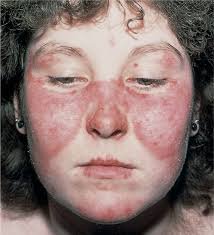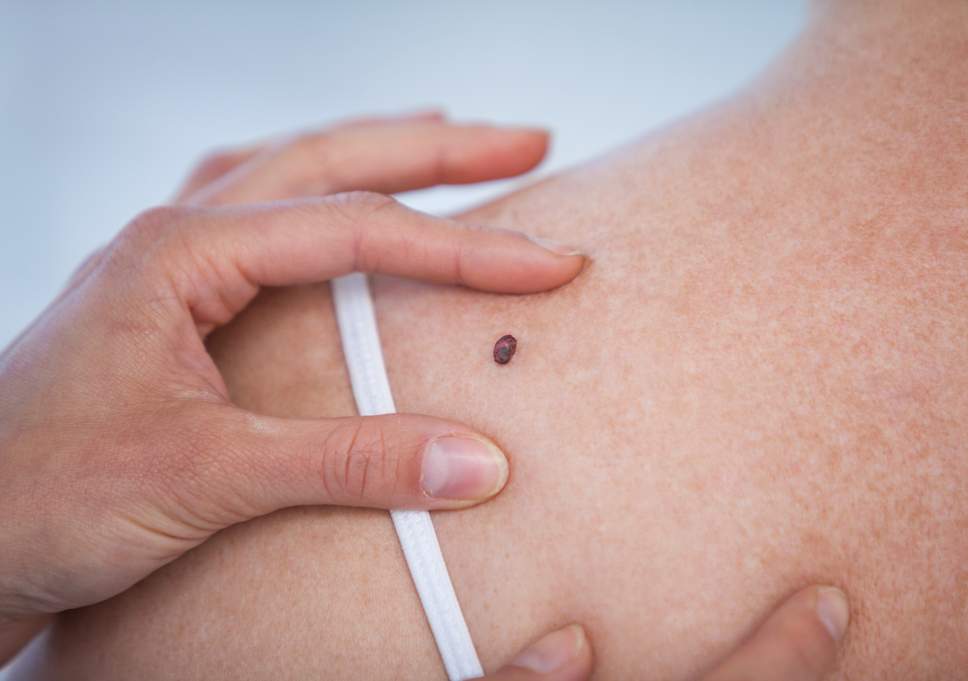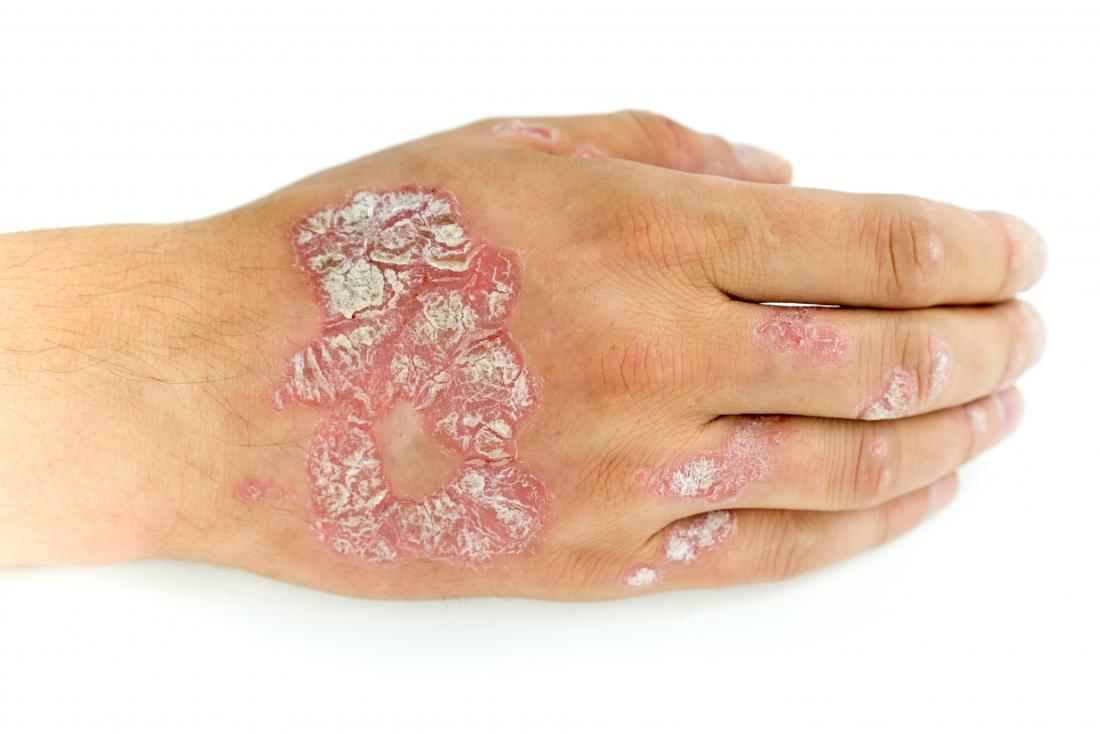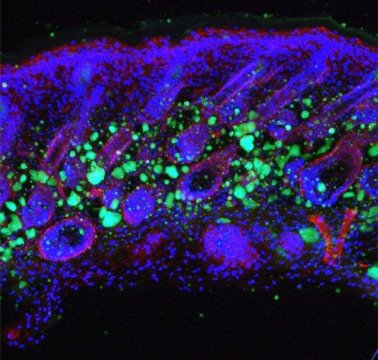Children with a grave skin disorder known as butterfly syndrome develop severe and chronic blisters. Fibrosis, the thickening and scarring of connective tissues, is a major complication of the disease. Not only can fibrosis lead to club-like appendages where the skin grows over the fingers or toes, but Jefferson’s Andrew South, PhD, an associate Professor in the department of Dermatology and Cutaneous Biology, has shown previously that fibrosis in butterfly syndrome patients also leads to an aggressive form of skin cancer that is often fatal. Now, Dr. South and colleagues…
Read MoreCategory: Skincare
Genetic study provides novel insights into the evolution of skin color
Skin colour is one of the most visible and variable traits among humans and scientists have always been curious about how this variation evolved. Now, a study of diverse Latin American populations led by UCL geneticists has identified new genetic variations associated with skin colour. The study, published in the journal Nature Communications, found that the variation of light skin among Eurasian people evolved independently from different genetic backgrounds. The genetic study analysed pigmentation in over 6,000 Latin Americans, who have a mix of Native American, European and African ancestry. It…
Read MoreUnraveling the genetic causes of skin cancer
Skin cancer is on the rise in the United States. Squamous cell carcinoma, the second most common form of cancer in the U.S., has the highest mortality rate of all non-melanoma skin cancers. In roughly two to five percent of patients, the disease will metastasize and spread throughout the body, making it difficult to treat. American University Associate Professor of Biology Katie DeCicco-Skinner and her colleagues are helping to identify the genetic factors that lead to squamous cell carcinoma. In a new paper, they show how the interaction between a…
Read MoreMolecule discovery holds promise for gene therapies for psoriasis
The protein is a fragment of a larger molecule, called JARID2, which was previously believed to only be present in the developing embryo, where it coordinates the formation of tissues and organs. However researchers led by Dr Aditi Kanhere from the University of Birmingham’s School of Biosciences found a shortened form of JARID2 in adult skin cells, and they showed it is responsible for ensuring these skin cells ‘differentiate’ (become a more specialised cell type). They dubbed the newly discovered protein ΔN‐JARID2. The significance of this finding was immediately recognised…
Read MoreHow skin ages, loses fat and immunity
This is a microscopic image of the skin reveals skin cells in blue and fat cells in green. The fat cell layer forms the final barrier against bacteria entering deep into the body. Dermal fibroblasts are specialized cells deep in the skin that generate connective tissue and help the skin recover from injury. Some fibroblasts have the ability to convert into fat cells that reside under the dermis, giving the skin a plump, youthful look and producing a peptide that plays a critical role in fighting infections. In a study…
Read More




